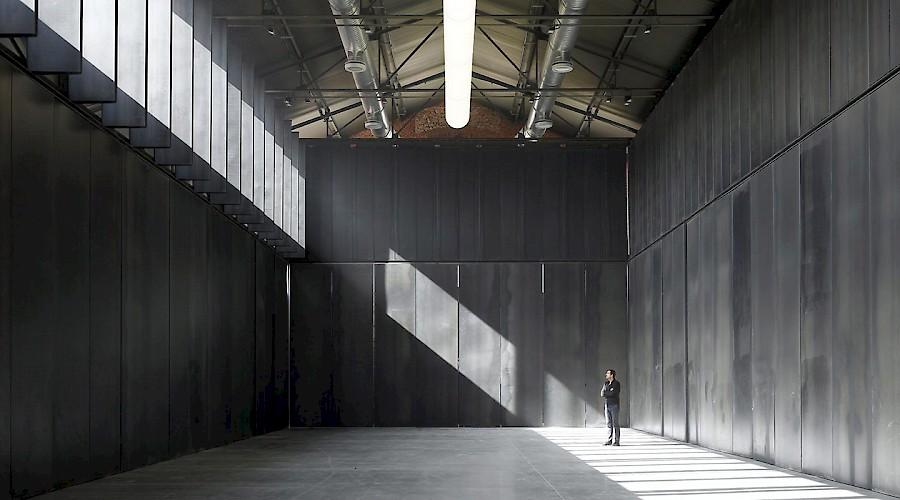Iñaqui Carnicero Lecture Series

Iñaqui Carnicero’s lecture, ‘Second Hand Spaces,’ looks through his projects and studies the relationship between architecture and the economical context.
Iñaqui Carnicero’s rich career as an architect and design professor includes designing a building for C.E.U. Polytechnic University, the restoration of an Arab Tower in Guadalajara, and a cultural multi-use center in a former slaughterhouse of Matadero-Madrid, among others.
He has lectured at Cornell, Rice, Berkeley, Cervantes Institute in Prague, London Roca Gallery and many other prestigious institutions. He now tours the US as part of the University of Tennessee’s Robert B. Church III Memorial Lecture Series and AIA|DC Architecture Week. At these events, Mr. Carnicero will explore current opportunities and constraints within architectural practice, such as what the economic context of a project may offer in the design process.
Second Hand Spaces
Two extreme architectural situations have been embraced in Madrid in the last 15 years. First came a short period of time when the city invested more in infrastructures and public buildings than any other term in history. After the excesses committed during the first period, an economic crisis is currently transforming design strategies and fostering interventions in the existing heritage. Building from scratch without considering what already exists is not an option anymore, and thus this new consideration of reality is promoting new directions in design.
Rome is a perfect precedent to demonstrate how it is possible for a city to be built and destroyed over the years while reusing almost the same materials. Some of the most important spaces in the city, such as the old temples and monuments, were reused in medieval times, frequently with humble programs far away from the sublime purposes for which were originally erected. In other cases the trace of destroyed ancient buildings have remained as the footprint of new constructions. This enticing dialogue between the past and the present is only possible when design provides a bridge of connection.
Considering time factors necessary in today’s society, it doesn’t make sense to talk about sustainability if we don’t first consider our buildings’ functional behaviour over the years. Transformation, adaptation and reuse are some of the strategies considered in our office to respond to the constant changes of our liquid society.
The Second Hand Spaces lecture will demonstrate projects built by the office in the last ten years. Specifically we will show how cities’ economical and political contexts offer unavoidable constrains, but which can be taken as an asset towards the production of a resolution. The projects will be framed in three categories or actions: redefining, reusing and adapting.